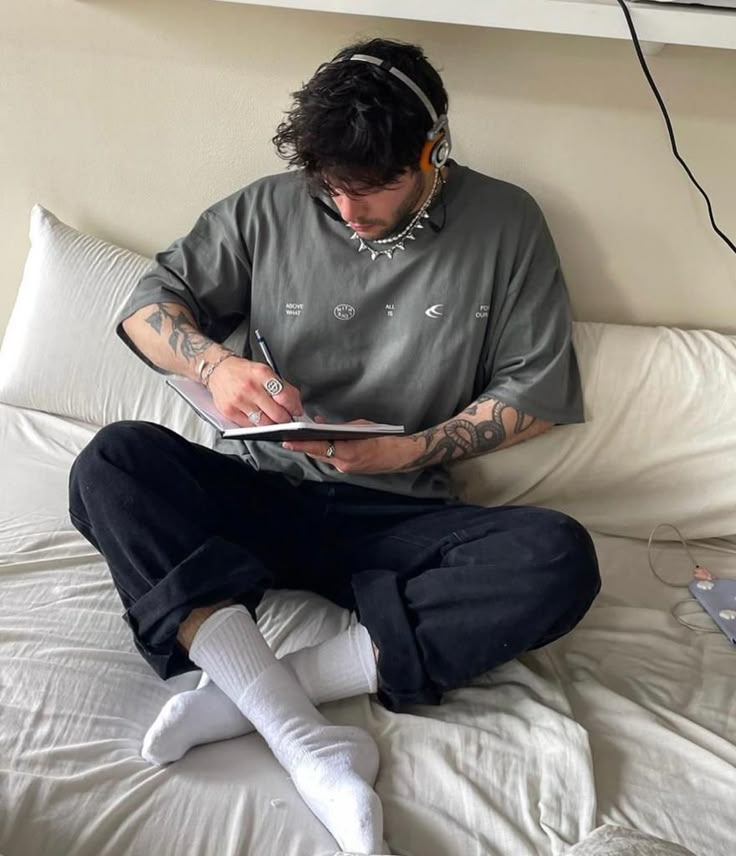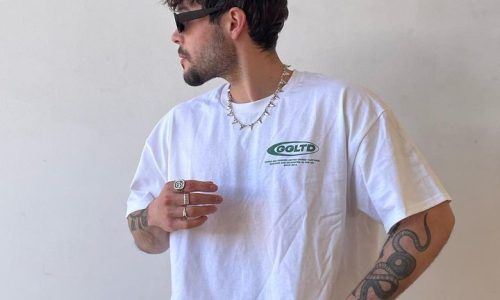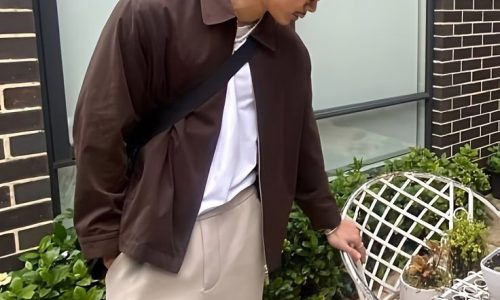
Elevate Your Everyday: Fashion That Speaks for You
Introduction
The fashion industry is undergoing a transformative shift, one where ethics, innovation, and aesthetics unite to shape the future. In 2025, sustainability is no longer a trend but a fundamental pillar redefining the essence of style. “The Rise of Sustainable Fashion: A Stylish Revolution 2025” explores how eco-conscious practices are revolutionizing the fashion landscape, driven by responsible design, circular production, and a generation of mindful consumers. This article delves into the philosophies, innovations, and future pathways that place sustainability at the forefront of modern fashion.
Sustainable Materials Leading the Charge in 2025
As designers reevaluate their environmental footprint, material innovation takes center stage. In 2025, bio-based textiles, recycled fibers, and regenerated fabrics are setting new standards in sustainable production. Brands are embracing materials such as Piñatex made from pineapple leaves, Mylo derived from mushrooms, and fabrics spun from ocean-recovered plastics. These alternatives reduce reliance on resource-intensive processes, offering durability, comfort, and biodegradability without sacrificing visual appeal.
Circular Fashion as the New Norm
Gone are the days of linear consumption where garments end up in landfills after a few uses. Circular fashion dominates 2025 with an emphasis on reuse, resale, repair, and recycling. Fashion houses now design garments for longevity, disassembly, and reintegration into the supply chain. The rise of digital wardrobe platforms, garment rental services, and trade-in programs empowers consumers to participate in a closed-loop economy, keeping fashion both stylish and sustainable.
Technology Transforming Eco-Fashion
Digital innovation is playing a crucial role in making fashion more sustainable. AI algorithms now optimize fabric usage and minimize waste during pattern cutting. Blockchain technology ensures full supply chain transparency, allowing consumers to trace the origins of their garments. Augmented reality fitting rooms reduce returns, while 3D virtual prototyping eliminates the need for wasteful physical samples. These tech-forward strategies are setting a precedent for efficiency and accountability in fashion creation.
The Shift Toward Local and Ethical Manufacturing
2025 sees a robust movement away from offshore mass production in favor of local, small-batch manufacturing that emphasizes fair labor and community empowerment. Artisans and small-scale producers are regaining prominence as consumers demand transparency and equity. Ethical brands are working closely with regional workshops, reviving traditional techniques and reducing carbon footprints associated with long-distance shipping.
Slow Fashion and the Mindful Consumer
The fast fashion model has lost its luster as consumers adopt slower, more intentional shopping habits. In 2025, fashion lovers are investing in fewer but higher-quality pieces that reflect craftsmanship and ethical values. Capsule wardrobes, timeless silhouettes, and trans-seasonal styles are gaining popularity, echoing the broader cultural embrace of minimalism and purpose-driven living. Mindful purchasing decisions are driven by a desire to support integrity over impulse.
Upcycling and Creative Reuse on the Runway
Runways in 2025 are showcasing garments reimagined from discarded textiles and deadstock materials. Designers are turning vintage pieces and forgotten fabrics into avant-garde masterpieces, merging sustainability with couture. Upcycling is no longer a niche trend but a celebrated form of artistry that challenges traditional notions of luxury. The ability to recontextualize and elevate pre-loved materials signals a dynamic new direction for high fashion.
Fashion Education and Conscious Design
Educational institutions are reshaping their curriculums to reflect environmental imperatives. Emerging designers are being trained not only in aesthetics but also in lifecycle assessment, resource management, and sustainable business models. Universities are fostering collaborations between fashion, science, and engineering, giving rise to a new generation of professionals fluent in both creativity and eco-consciousness.
Consumer Empowerment and Transparent Labeling
Informed consumers are driving demand for better labeling and brand accountability. In 2025, transparency is paramount. Labels now include environmental scores, production timelines, and sourcing details. Shoppers use QR codes to access digital garment passports, which reveal a product’s journey from fiber to finish. This level of openness builds trust and empowers buyers to make decisions that align with their values.
Global Legislation Supporting Eco-Fashion
Governments are stepping in to support sustainability efforts within fashion. Regulations are emerging that incentivize green practices, tax polluting behaviors, and enforce labor protections. Extended Producer Responsibility (EPR) laws require brands to manage post-consumer waste, while carbon footprint disclosures are becoming mandatory. These legal frameworks ensure that sustainability becomes a systemic priority rather than a voluntary choice.
Eco-Luxury: Redefining Premium Fashion
Luxury fashion in 2025 is synonymous with sustainability. High-end labels are adopting regenerative agriculture, zero-waste ateliers, and cradle-to-cradle design principles. The notion of prestige is shifting from exclusivity to ethical elegance. Handcrafted garments with traceable origins and minimal impact are now the pinnacle of sophistication, signaling a transformation in how luxury is perceived and pursued.
Influencers and the Rise of Green Branding
Influencers are playing a pivotal role in promoting sustainable fashion by showcasing ethical brands and conscious styling. Their reach helps amplify eco-messages, shifting public perceptions and consumer behaviors. 2025’s content creators are increasingly judged not only by their aesthetics but by their commitment to sustainability. This cultural shift is fueling the rise of green branding as both a value and a marketing strategy.
The Future of Fashion is Regenerative
Looking beyond sustainability, the future points toward regenerative fashion—an approach that actively improves ecosystems through its practices. This includes the use of carbon-sequestering fibers, water-positive dyeing methods, and biodiversity-supporting supply chains. Regenerative design embraces a holistic philosophy where fashion not only minimizes harm but also restores balance to the natural world.
Conclusion
The year 2025 marks a decisive chapter in fashion history. Sustainability is no longer an accessory—it is the very foundation upon which the industry is being rebuilt. As materials evolve, systems adapt, and consumers demand more ethical choices, fashion is transforming into a force for good. The rise of sustainable fashion is not just a trend; it is a stylish revolution rooted in accountability, innovation, and purpose. In this new era, garments tell stories of resilience, creativity, and conscious living. The revolution has begun, and it’s reshaping fashion with every stitch.


